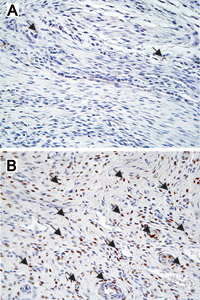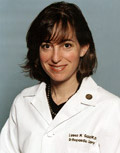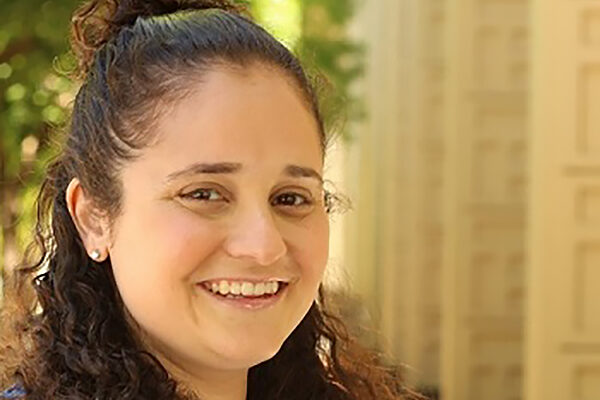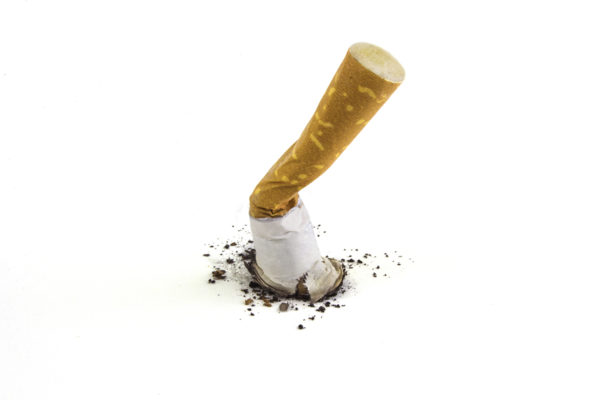Orthopaedic surgery researchers at Washington University School of Medicine in St. Louis have identified yet another reason not to smoke. Studying rotator cuff injury in rats, the research team found exposure to nicotine delays tendon-to-bone healing, suggesting this could cause failure of rotator cuff repair following surgery in human patients.

Smoking is implicated in a host of physical problems, from cardiovascular disease to lung disorders. Many of us probably don’t think about smoking’s effects on orthopaedic conditions, but several studies have shown that nicotine interferes with healing of bone fractures and also inhibits bone fusion processes — many spine surgeons, for example, won’t do certain operations on people who smoke because of the risk of failure. But little is known about the effects of cigarettes on tendon and ligament healing.
There also are some gaps in medical knowledge about the prevalence of rotator cuff injuries. The rotator cuff is a group of four muscles and their tendons in the shoulder that provide rotation, elevate the arm and stabilize the shoulder joint. Rotator cuff tears involve one or more of the tendons. The injuries are more common as people age and more common in the dominant arm. The true incidence of the injuries is hard to determine because between 5 percent and 40 percent of people who may have a torn rotator cuff have no accompanying shoulder pain.
What surgeons do know is that rotator cuff repairs can fail in the days and weeks after surgery. Some studies have reported short- to intermediate-term recurrence rates from 30 percent to 90 percent, depending on the size of the tear, chronic nature of the injury and the age of the patient, among other factors.
“Especially during the first six weeks after surgery, tissue may be vulnerable to re-injury,” says Leesa M. Galatz, M.D., first author of the study and assistant professor of orthopaedic surgery at Washington University School of Medicine in St. Louis. “Those early weeks are a time when there’s a lot of tissue healing and remodeling occurring, and we’re trying to learn whether there may be increased vulnerability to early failure in smokers.”
This study, the first to evaluate the effects of nicotine on rotator cuff repair, found that when rats were exposed to nicotine following rotator cuff repair, inflammation persisted for a longer time in the shoulder joint. That’s detrimental to healing. The researchers also noted that there was less cellular proliferation in the rats’ surgically repaired shoulders and decreased collagen production, leading to inferior healing.
“When you have an injury and a repair, new cells come in and start to facilitate healing,” Galatz says. “When the new cells arrive, they make proteins such as collagen to form the junction between tendon and bone. And in the rats exposed to nicotine, we saw lower cellular proliferation.”
The rats also made less type-I collagen and had different biomechanical properties in their shoulders following rotator cuff repair. Measuring properties called maximum stress and maximum force, the researchers found that shoulder joints in the nicotine-exposed rats were weaker.
“Those changes were most apparent at earlier time points, and shoulder strength tended to equalize between the two groups about 8 weeks after surgery,” Galatz says. “But certainly, the tissue was weaker early on and more vulnerable to re-injury.”
Galatz and colleagues studied healing in the shoulders of 72 rats following rotator cuff surgery. The researchers implanted tiny, osmotic pumps under the skin of the rats, and those pumps delivered either nicotine or an inactive saline solution. Saline pumps were implanted to ensure that any changes observed between groups of rats resulted from nicotine exposure rather than from having a pump implanted beneath the skin. In the rats that got nicotine, the pumps maintained nicotine levels in the bloodstream about equivalent to smoking a pack to a pack and a half of cigarettes per day.

“So these would have been heavy smokers,” Galatz says. “But another significant aspect about this study is that we did not account for other detrimental chemicals in cigarettes. Rats were not exposed to carbon monoxide, tar or the other substances that harm people who smoke. So if anything, we may have underestimated the negative effects of cigarette smoking on rotator cuff healing.”
Galatz says the study also may underestimate the harmful effects of smoking because rats tend to be better healers than humans and because they were exposed to nicotine for only a few weeks following surgery, whereas people may smoke for many years before surgery, as well as continue smoking following rotator cuff repair.
“Certainly more study is necessary to definitively prove that cigarettes affect humans the same way,” she admits. “But I think we have enough evidence to state that nicotine has a negative impact on healing in tendons as well as in bone.”
As to how nicotine works to interfere with healing, Galatz says it’s still too early to tell.
“We would have to look much more closely to learn exactly what the mechanism is, but blood supply is a potential culprit,” she says. “Nicotine and cigarette smoking inhibit the formation of new blood vessels, and basically, all healing and all repair processes are aided by the formation of new blood vessels that bring in new cells. That process is assisted by increases in blood supply that may not happen as efficiently in smokers.”
Galatz LM, Silva MJ, Rothermich SY, Zaegel MA, Havlioglu N, Thomopoulos S. Nicotine delays tendon-to-bone healing in a rat shoulder model. The Journal of Bone & Joint Surgery 2006 Sept;88:2027-2034.
Washington University School of Medicine’s full-time and volunteer faculty physicians also are the medical staff of Barnes-Jewish and St. Louis Children’s hospitals. The School of Medicine is one of the leading medical research, teaching and patient care institutions in the nation, currently ranked fourth in the nation by U.S. News & World Report. Through its affiliations with Barnes-Jewish and St. Louis Children’s hospitals, the School of Medicine is linked to BJC HealthCare.

